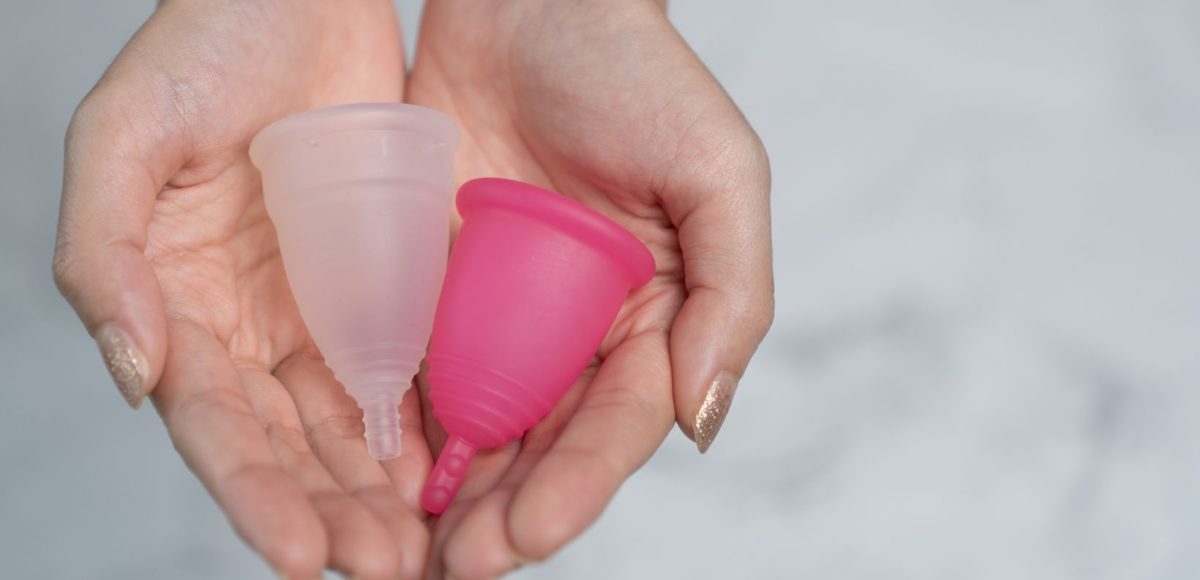If you’re looking for an alternative to disposable menstrual products, you may have heard of menstrual cups. Menstrual cups are a reusable, eco-friendly, and cost-effective option that are gaining popularity among women worldwide. However, before making the switch, it is important to understand the pros and cons of using a menstrual cup. In this blog post, we’ll explore the advantages and disadvantages of menstrual cups to help you make an informed decision about whether they are right for you.
I recently switched to menstrual cup but before I took the great leap, I had several back-and-forth conversation with myself whether it was the right way for me. Whether you’re new to menstrual cups or simply curious about their benefits and drawbacks, here’s some advantages and disadvantages using the cup.
The benefits of using a menstrual cup
- Cost-effective: Menstrual cups are reusable and can last for several years, which makes them a cost-effective alternative to disposable menstrual products.
- Environmentally friendly: Since menstrual cups are reusable, they create less waste than disposable menstrual products, making them a more environmentally friendly option.
- Comfortable: Menstrual cups are made of soft, flexible materials that conform to the body, which makes them comfortable to wear.
- Convenient: Menstrual cups can hold more menstrual fluid than tampons or pads, which means less frequent changes. This makes them a convenient option for women with busy schedules.
- Reduced risk of toxic shock syndrome: Unlike tampons, menstrual cups do not increase the risk of toxic shock syndrome, a potentially life-threatening condition caused by a bacterial infection.
- No odor: Menstrual cups do not have any odor, which can be a common issue with disposable menstrual products.
- Can be worn during physical activity: Menstrual cups can be worn during physical activity, including swimming, without the need for additional protection.
Disadvantages of using the menstrual cup
While menstrual cups offer many advantages, there are also some potential disadvantages to using them. Here are some examples:
- Learning curve: Menstrual cups can take some time to learn how to use properly. It can take a few cycles to get comfortable with insertion and removal.
- Messy: While menstrual cups are designed to be leak-proof, there is still a chance that they can leak during use, especially if not inserted correctly.
- Needs to be emptied and cleaned: Menstrual cups need to be emptied and cleaned regularly during your period. This can be inconvenient if you do not have access to a private bathroom or sink.
- May not fit all women: Some women may find that menstrual cups do not fit them properly, which can lead to discomfort or leakage.
- May cause irritation: Some women may experience irritation or allergic reactions to the materials used in menstrual cups.
- Requires good hygiene: Proper hygiene is important when using a menstrual cup to reduce the risk of infection. This means washing hands thoroughly before insertion and removal, and cleaning the cup regularly.
Overall, menstrual cups offer a range of benefits for women who want a comfortable, cost-effective, and environmentally friendly menstrual product that is easy to use and convenient. While menstrual cups offer many advantages over disposable menstrual products, they may not be the best option for everyone. It is important to weigh the advantages and disadvantages carefully and choose a menstrual product that works best for your individual needs and preferences.
